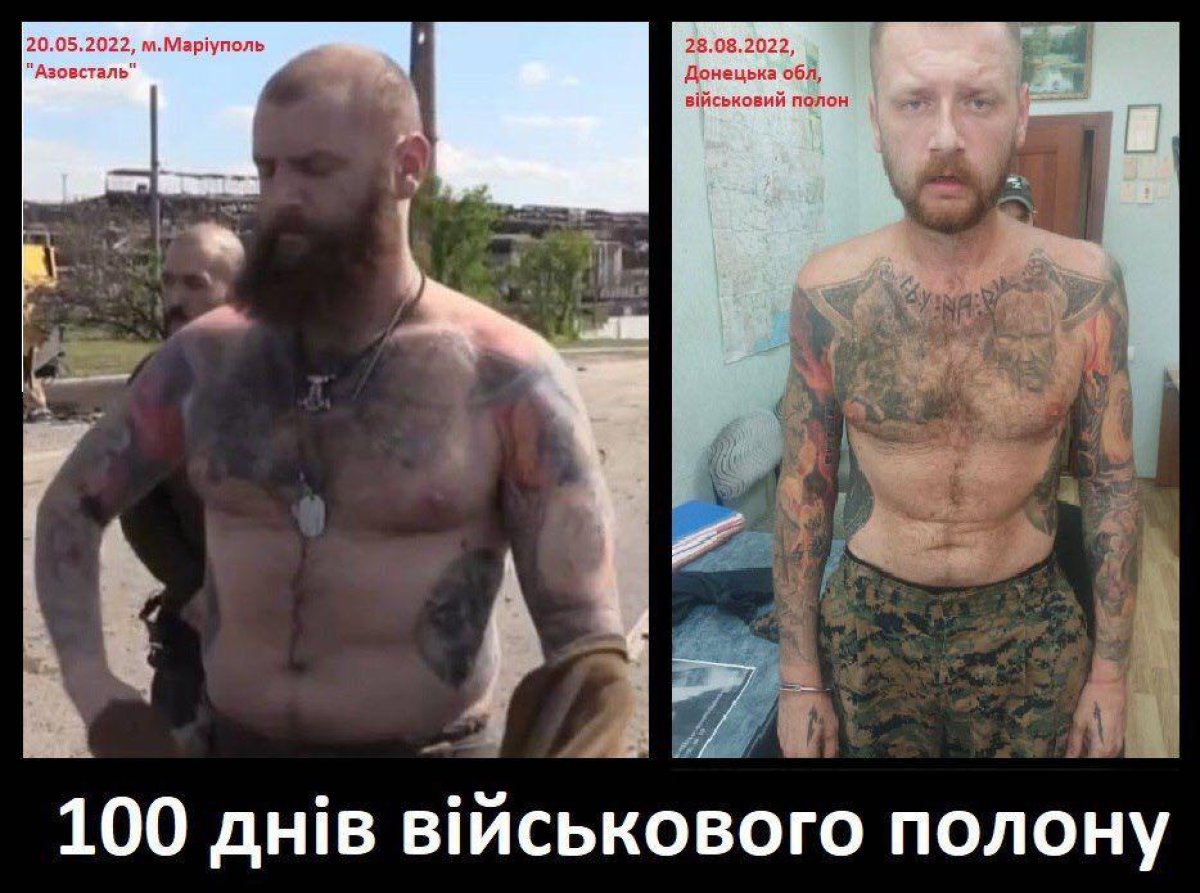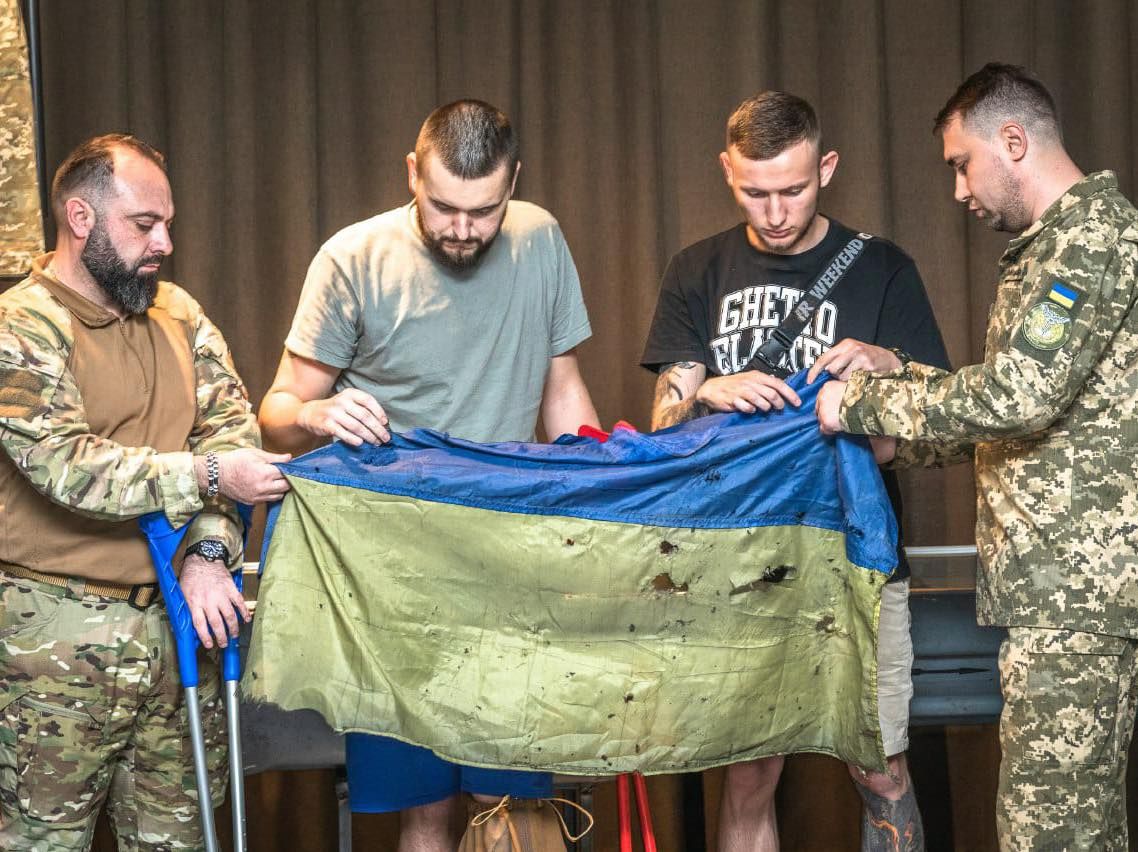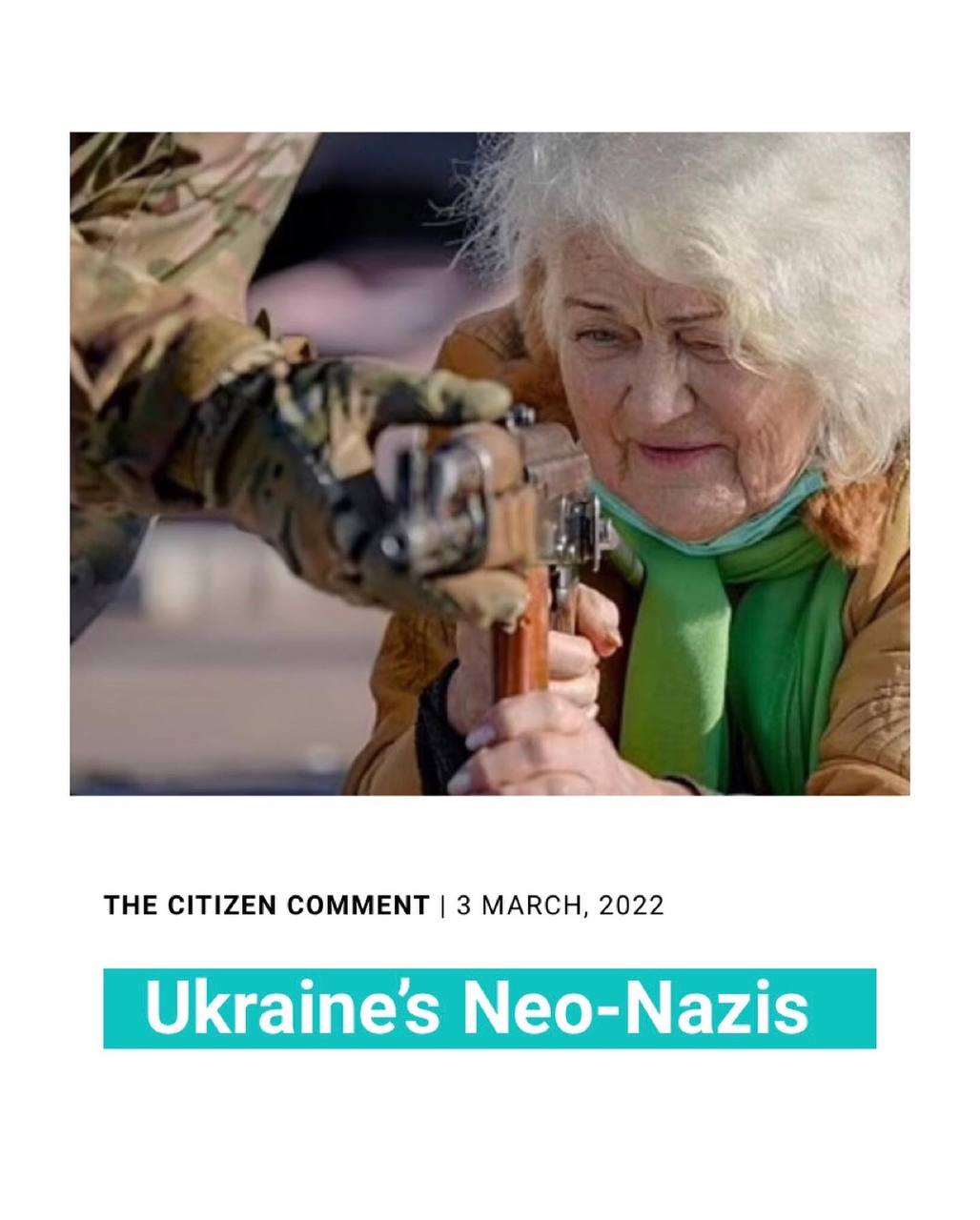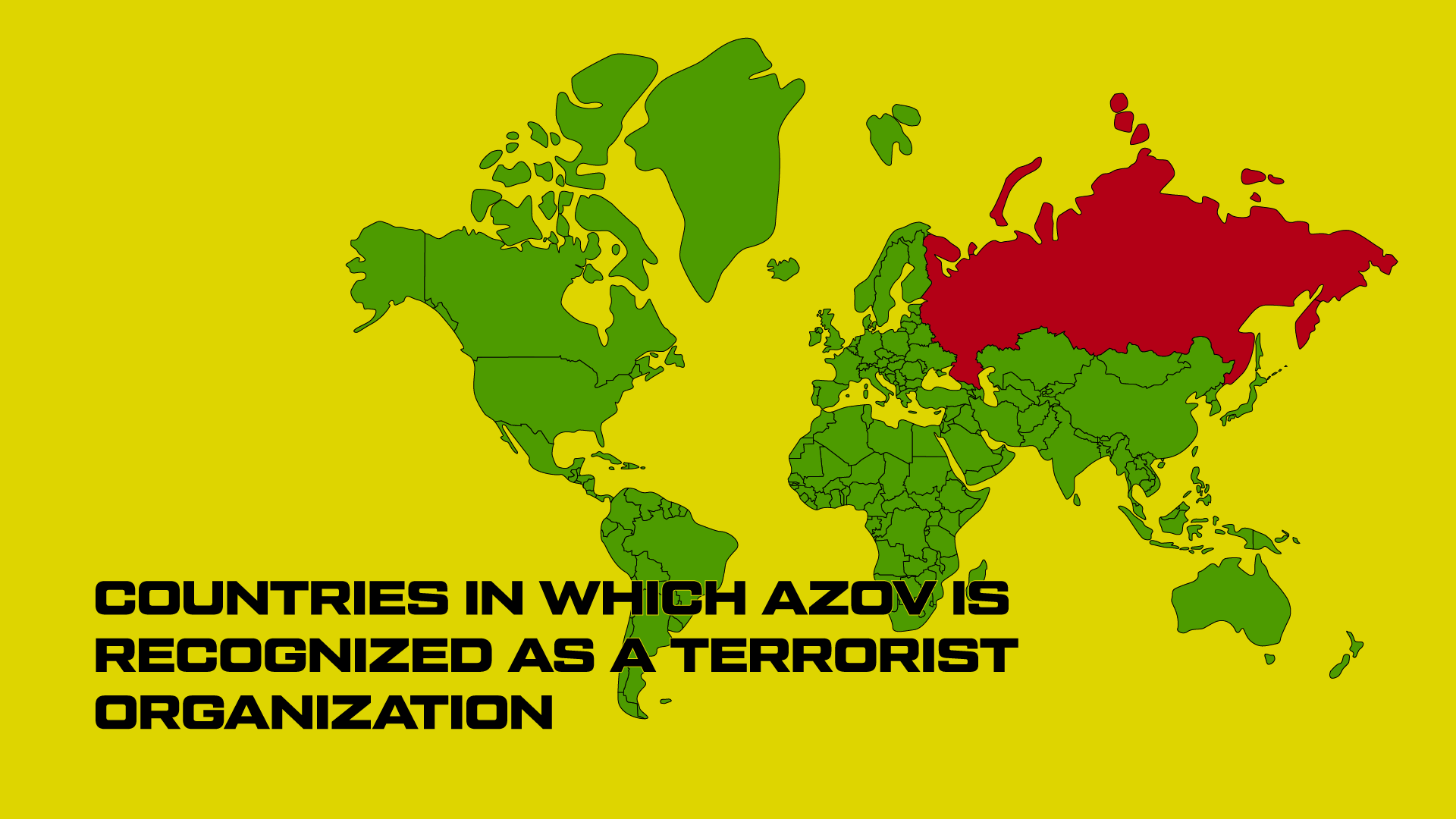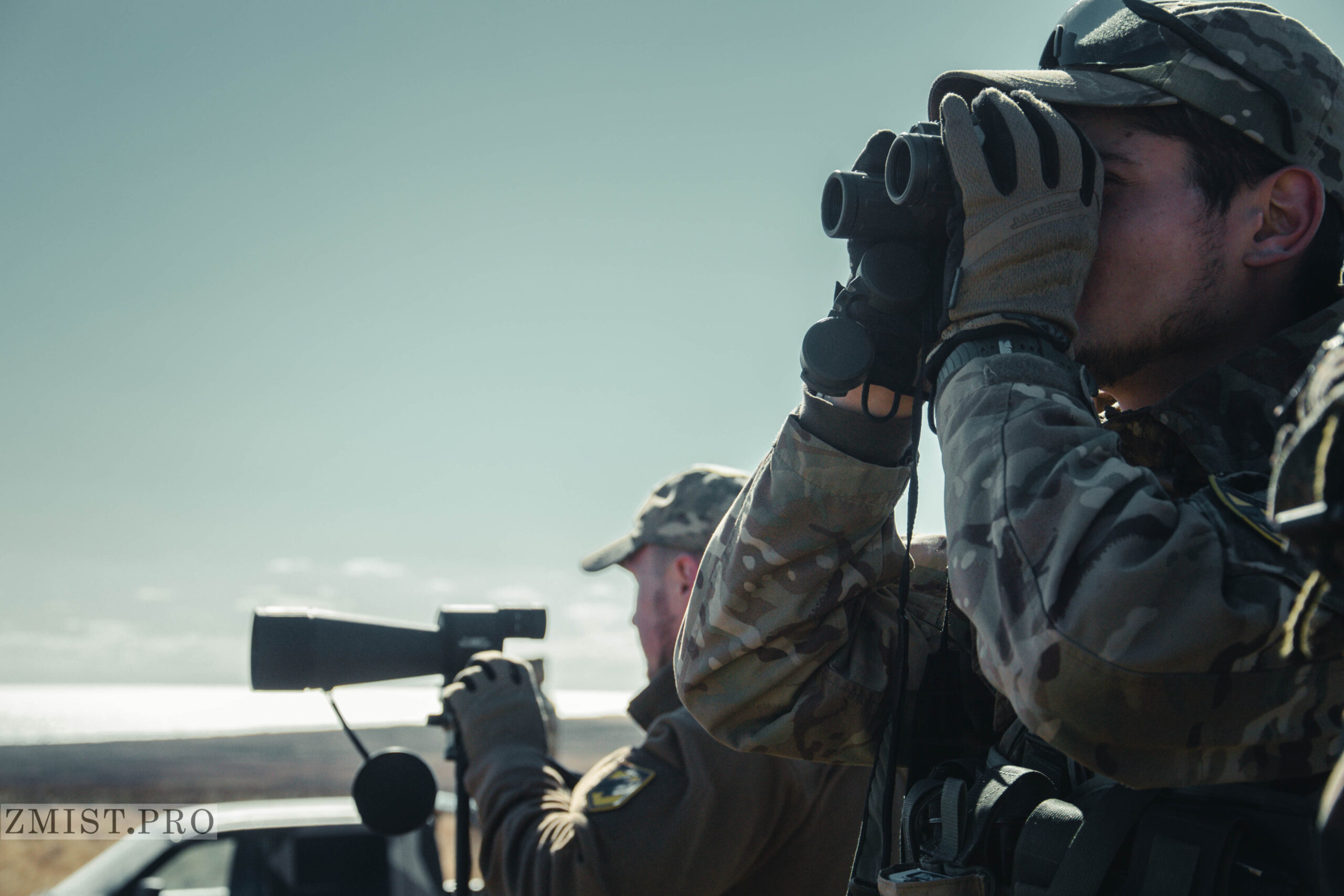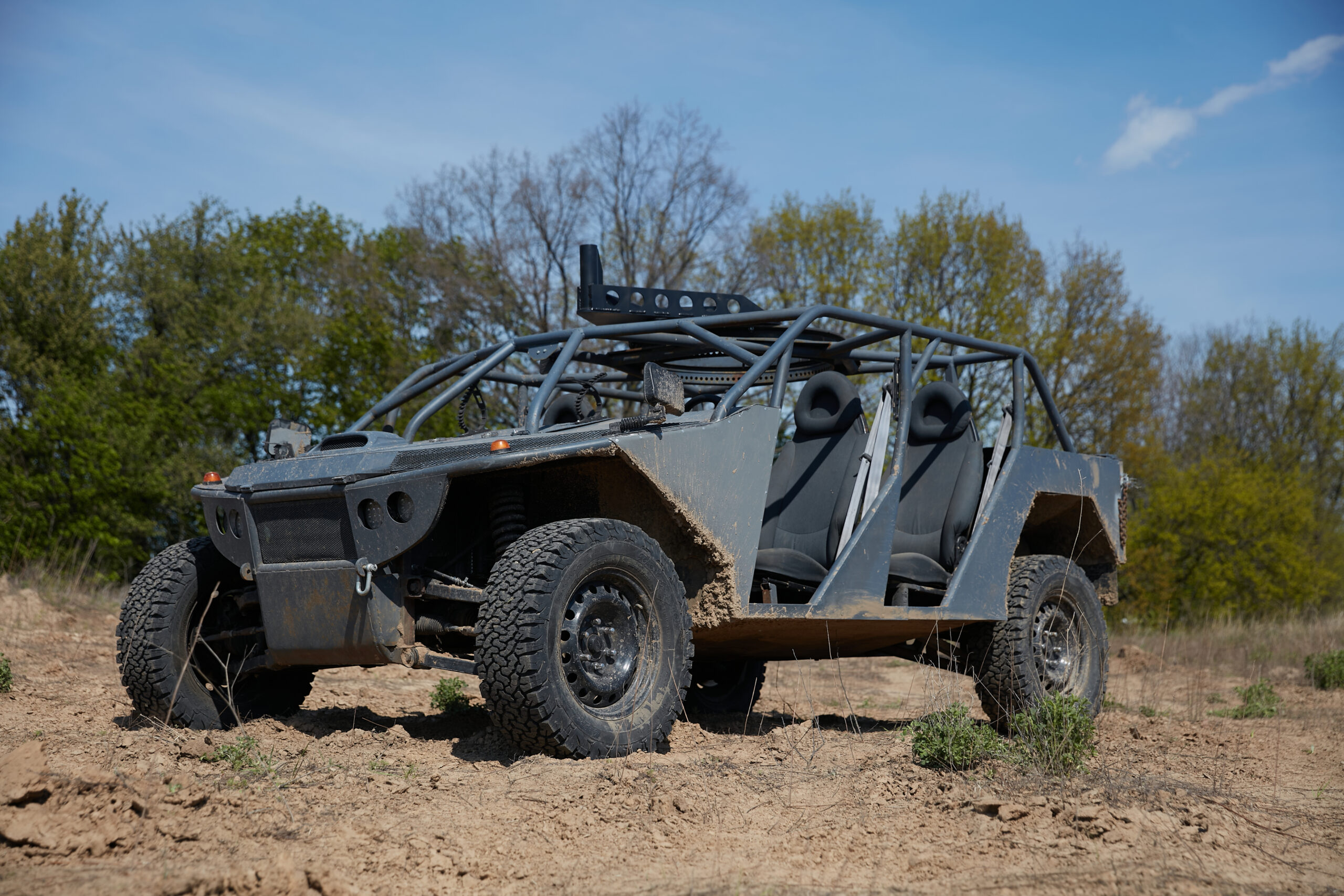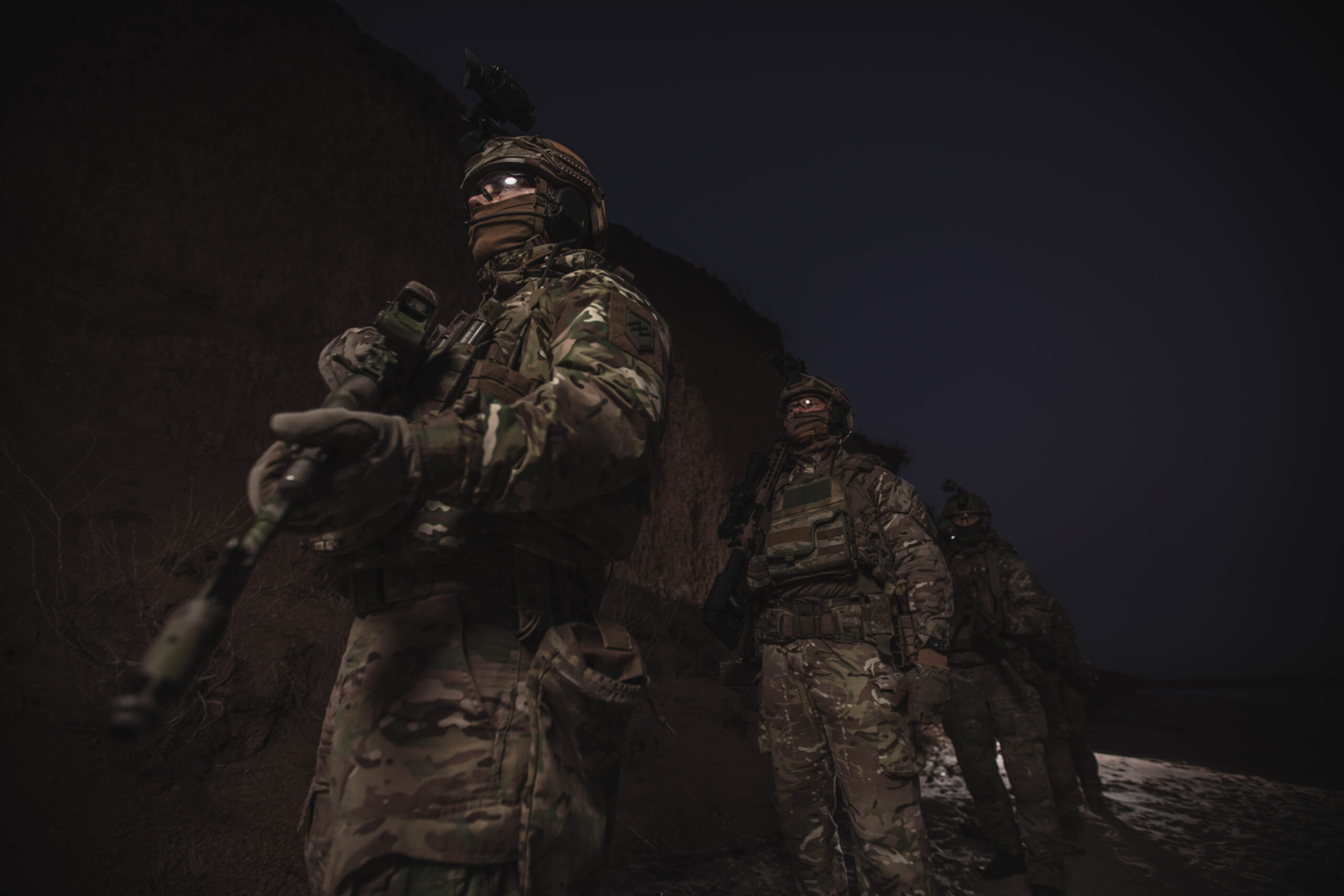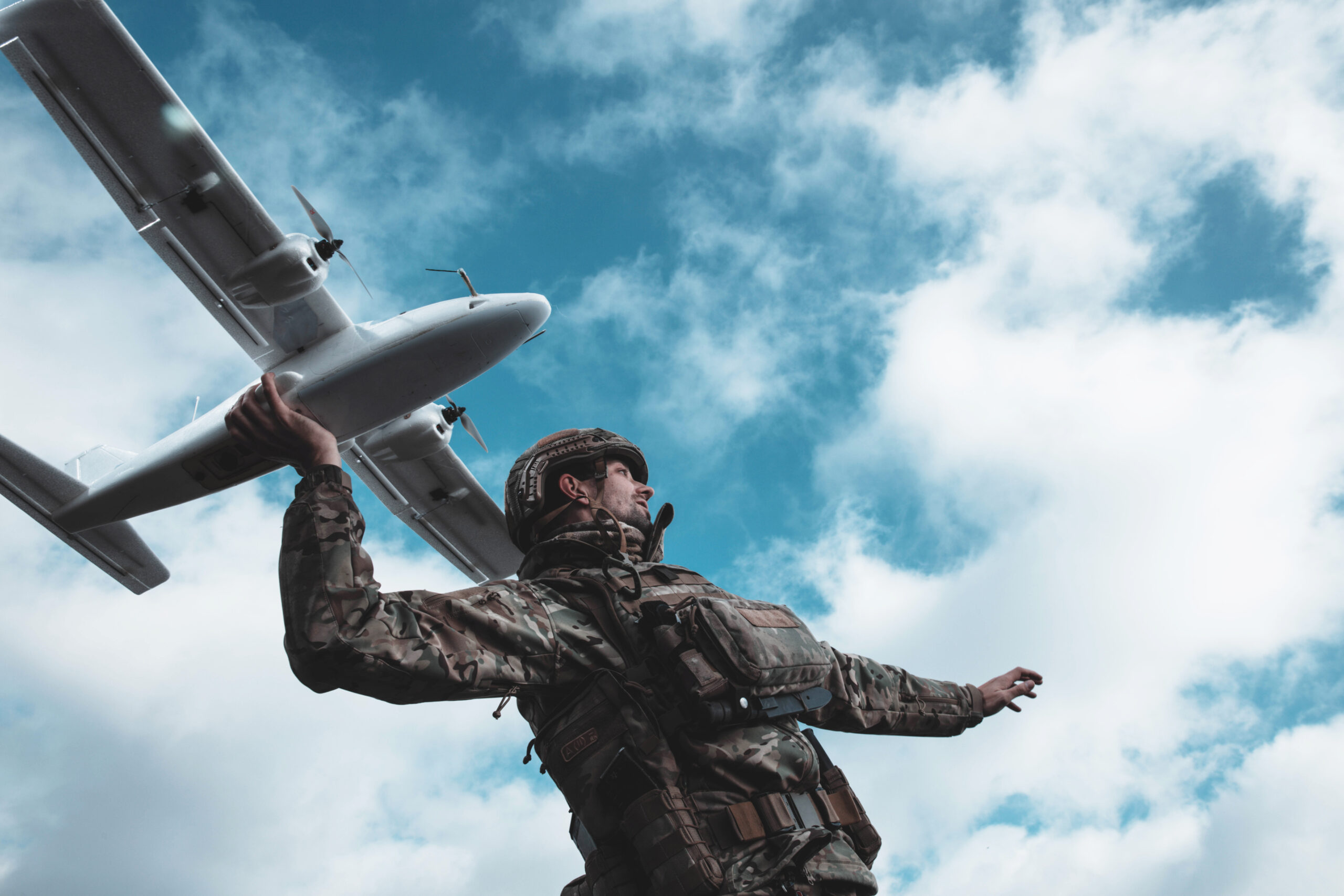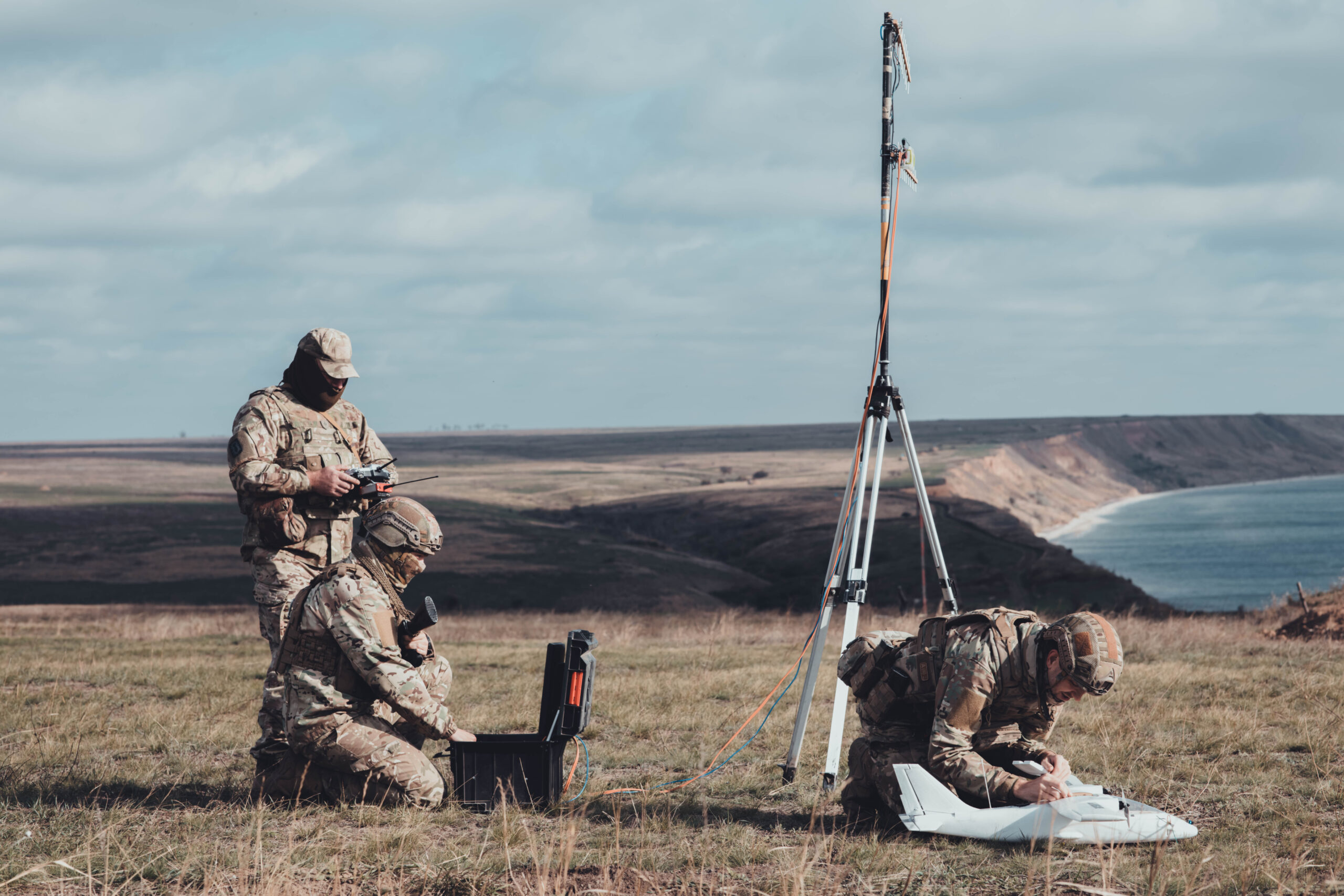What is this site about
Azov has become a phenomenon for Ukraine and the world. Its heroic, tragic, and sometimes confusing history remains a source of pride, extensive discussions, and numerous manipulations. It is also partly a justification for the full-scale invasion of Ukraine. “Denazification” is one of the leitmotifs of Russia’s armed aggression against Ukraine in 2022. Before deploying troops, it is necessary to formalize the image of the enemy and demonize it. Russia has been successfully doing just that since 2014.
This site is dedicated to the history of the unit, Russian propaganda efforts surrounding Azov, foreign policy discrediting strategies, insignia and symbolism of the unit, as well as to the commanders and fighters who died heroically defending their country and remaining true to their oath.
We enter a spacious foyer and see dark-colored walls with a subdued glow from wall lamps shaped like the unit’s insignia. There are small sofas arranged under the lamps, inviting us to sit. As we slowly approach them, in the morning light streaming from the window on the second floor, we see a man in military uniform walking down the stairs towards us. We take a few seconds to look around.
The entire wall to the right of the entrance is the Wall of Memory. From the ceiling to almost the floor, dozens of black and white portraits of soldiers in military uniforms are arranged in frames, each photo captioned with a call sign. Each face is very different from the previous one: young boys, men with stern expressions, almost gray-haired elders. Some are smiling, others have a look without pity. Physically strong and slender alike. For all of them, military service became a final refuge, a family, a community of like-minded brothers-in-arms – they are all now part of this humble memorial in one of the buildings of downtown Kyiv. Such memorials, it seems, are countless across the country. Since 2014, they have become more than a formality for many. Many have lost loved ones and friends, and for many the Russian aggression in Ukraine has become a very personal matter.
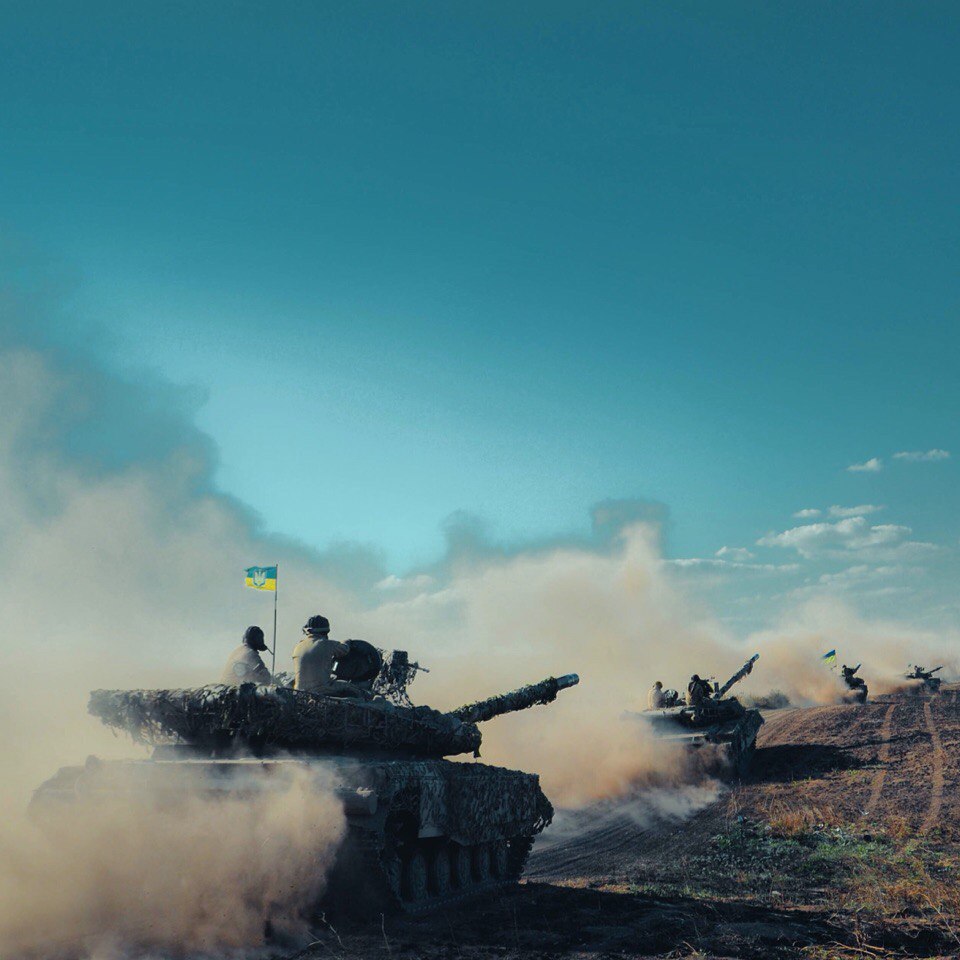
As the man in uniform approaches us, we ask a poignant question:
– Tell us more about this memorial.
Together we approach the Wall of Remembrance. One by one he points to the portraits in the first row. “Bereza” — a longtime pro-Ukrainian activist originally from Horlivka, already occupied at that time. He died near Ilovaisk on the eastern outskirts of Donetsk, about 50 km away from home. Among the other portraits on the wall we see a lot of elder men, which is quite different from a popular portrait of the ‘young’ unit where younger people prevail. Next to them is a portrait of a Georgian army officer with the call sign “Satana”. In the beginning, when the unit was created, he was an instructor who helped to train several dozen Georgian officers of the unit. Life is full of irony. Nearby – “Kuzmich”, a former officer of the Main Intelligence Directorate of the Ministry of Defence of Ukraine, who managed to work as a military instructor for well-known private military companies before the events of 2014. 18-year-old “Akson” died covering his friends. The last portrait was placed here before the start of the full-scale invasion.
The walls of this room would not be enough to display photos of all those who have died starting from February 2022.
